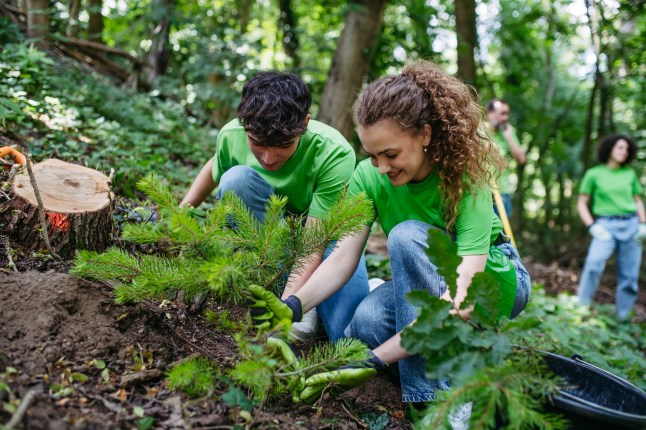
When it comes to living a healthy, happy life, it’s safe to say that Scandinavia has it pretty well figured out.
First came hygge, a Danish concept that, according to the country’s tourist board, denotes ‘creating a warm atmosphere and enjoying the good things in life with good people.’ And now, it’s all about the Norwegian art of Dugnadsånd.
Coined by the founder of the world’s first Happiness Research Institute Meik Wiking, the concept is all about ‘community or volunteer spirit,’ defining it as ‘the collective willingness of people to come together in the context of community projects – emphasising cooperation and selflessness.’
And, considering that Norway currently ranks in seventh place on The World Happiness Report (while its Scandinavian siblings Denmark and Sweden sit in second and fourth place respectively), it’s probably worth taking a leaf or two out of their book.
In 2024, 32.9% of Norway’s population spent time volunteering, while in the UK, just shy of 31.1% of people did the same. So, clearly we’re doing it – but what meaning does it hold for our mental wellbeing?
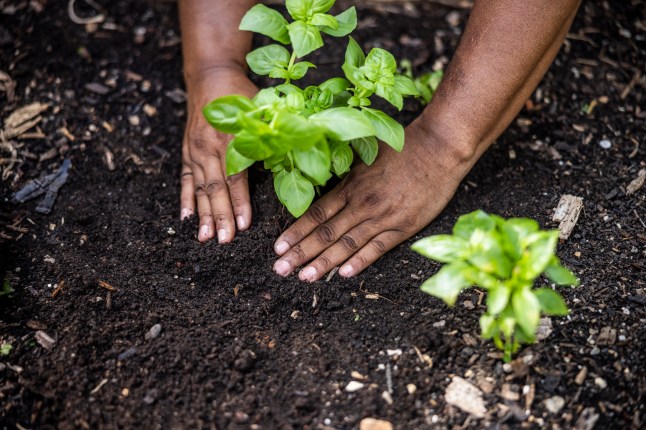
As Dr Elena Touroni, a consultant psychologist and co-founder of The Chelsea Psychology Clinic tells Metro, volunteering can foster a ‘sense of purpose and belonging,’ both of which are crucial for mental wellbeing.
‘When we help others, we experience a natural boost in mood, often due to the release of feel-good hormones like oxytocin and dopamine,’ Dr Elena explains.
‘It can also reduce stress, combat loneliness and create a sense of achievement, all of which are protective factors against anxiety and depression.’
Along these lines, she notes that humans are ‘inherently social,’ and ‘feeling connected to a community gives us a sense of identity and support.’
‘It can make challenges feel more manageable, increase resilience and even improve physical health by lowering stress levels,’ she adds.
‘In a world where loneliness is on the rise, having a strong sense of community can be one of the most powerful buffers against mental health struggles.’
Dr Kathrine McAleese, 47, runs the soup club in her village in County Down, Northern Ireland, providing three homemade soups every Wednesday lunchtime – as well as bread rolls, coffee and tea – for free.
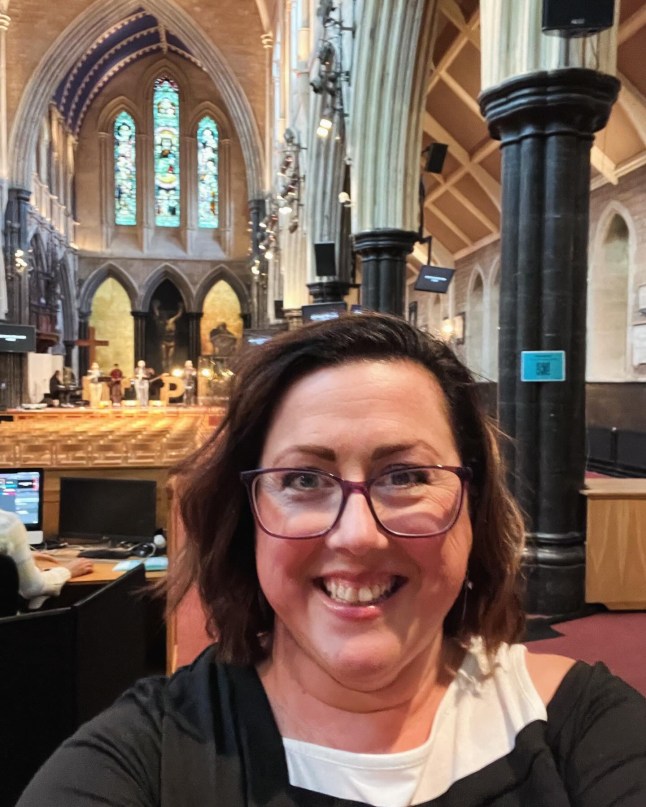
Where Kathrine lives, which is ‘far from civilisation in a village on the east coast of the Ards Peninsula,’ she’s found building connections to be a truly ‘special’ thing.
‘It’s definitely helped me feel more connected and more empowered to contribute to the community,’ she shares.
‘I get to welcome people in, make them feel valued, catch up with their lives and hang out with the helper team who also want to serve others and build community, so on both sides it’s comforting.
‘I also tend to be a bit of a hermit through the winter when the weather is awful, so this gets me out of my shell to look out for others and get a place ready for them that will give them warmth, sustenance and company.‘
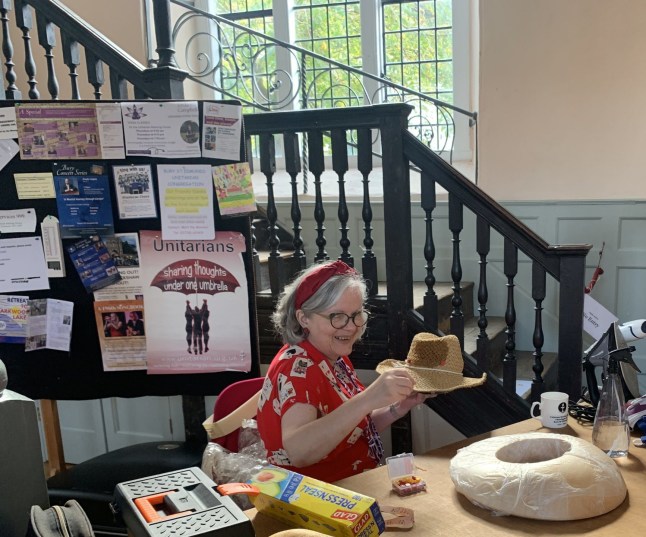
Elsewhere, 56-year-old Susan Widlake volunteers at both the Bury St Edmunds and Radwinter Repair Cafes primarily repairing hats – and loves connecting with the local communities over the nostalgic belongings they bring in to be fixed.
‘The conversations which are had when you are repairing an object are wonderful, with folk reminiscing about the object and previous owners,’ Susan, who lives in Saffron Walden, reflects.
‘Personally, I’ve loved hearing about hats that have been up mountains in Nepal, or ones which had been a mum’s “gardening” hat.
‘I love having conversations with people and them saying “oh, you’re the hat lady” or hearing stories from people about “how some clever ladies repaired a worn out teddy bear” and knowing that I was part of the contribution behind it.’
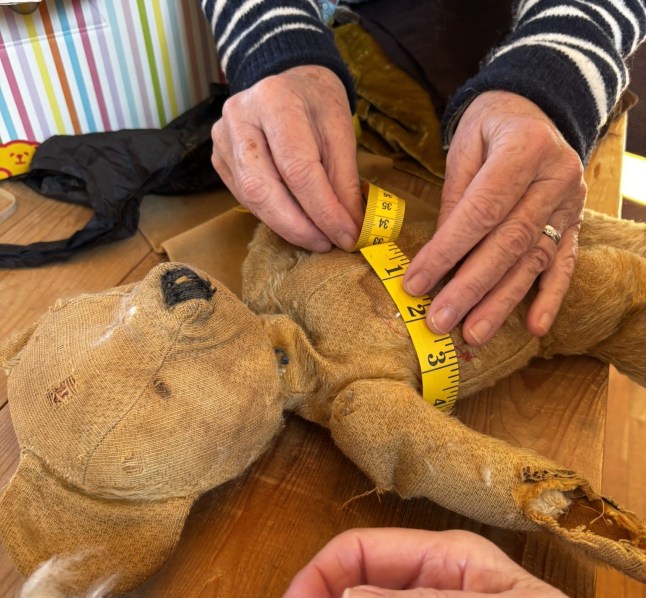
For Susan, one of the best parts is the connections she’s built with other repairers – one of whom even gifted her two hat blocks, the wooden shape that’s used to help craft them.
‘I repaired an old school boater which had belonged to a lady’s son who had passed away far too young, and I’ve actually met some professional costumer designers and seamstresses. It’s amazing just to sit and chat with them,’ she says.
‘What drives me in volunteering is making people smile. I like to have a way to share my skills, and show the beauty of being able to sit, sew and repair something is a great way to escape from the business of everyday life.’
Do you have a story to share?
Get in touch by emailing MetroLifestyleTeam@Metro.co.uk.